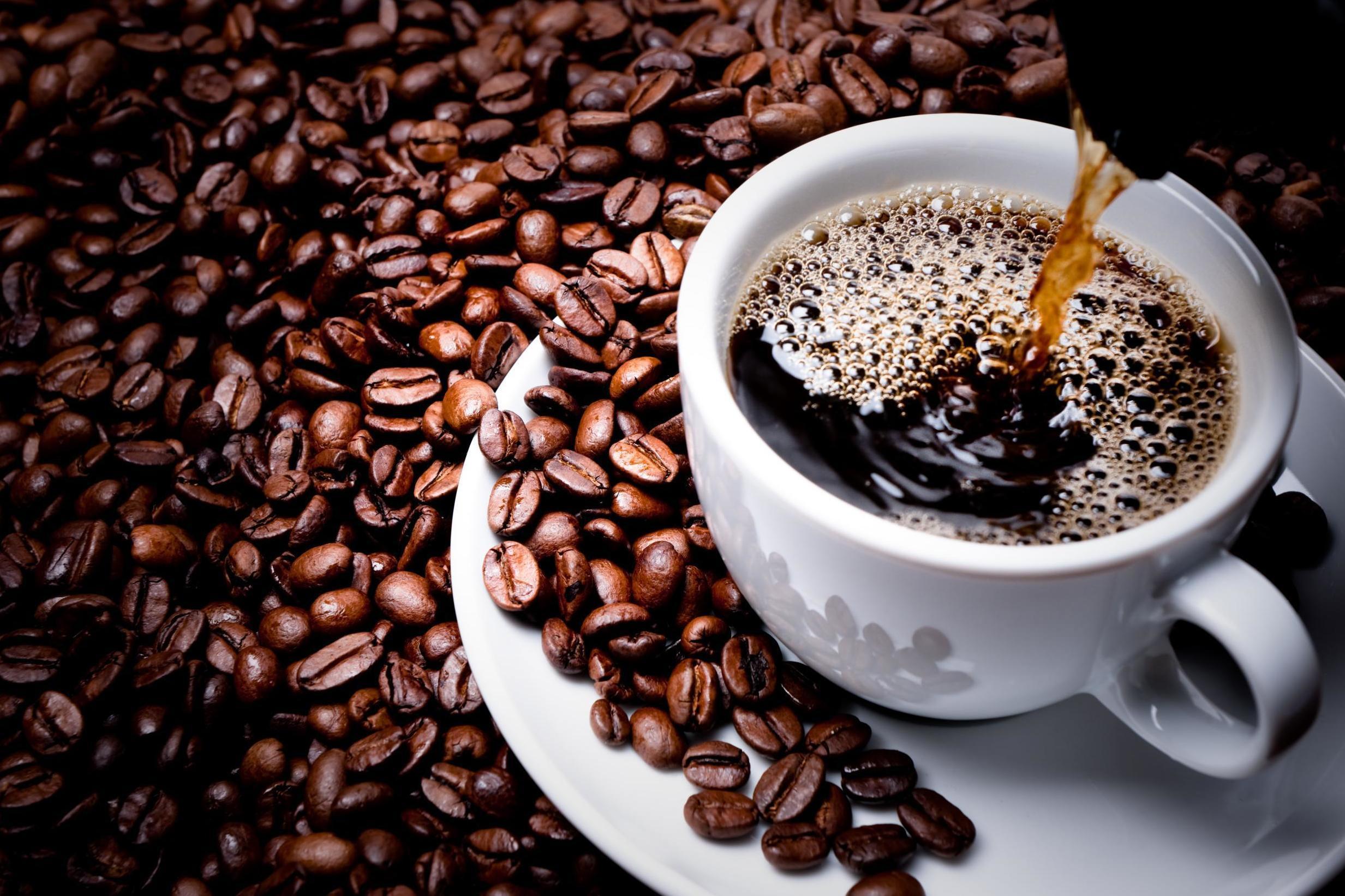How a suffering clarinet participant used $15,000 in credit card debt to release a $700 million logo. There are the most effective things James Freeman has ever definitely desired to do: play the clarinet and make coffee. Today, Freeman is nicely referred to as the founder of Blue Bottle Coffee, the premium espresso chain with the easy but fashionable blue logo that adorns more than 75 upscale cafes around the world where you may purchase a roughly $five drip coffee crafted from awesome single-foundation, freshly roasted artisanal beans. In 2017, Swiss food massive Nestle bought a majority stake in Freeman’s employer in a deal that reportedly values Blue Bottle at more than $seven hundred million. But earlier than Freeman became the founder of a company set to roast more than 2.6 million kilos of espresso beans this 12 months, he was a suffering classical musician roasting his sparkling beans as a hobby.
An obsession will become a commercial enterprise.
Freeman had long been involved” through coffee and became passionate about drinking most of the freshest cup most effectively intended roasting beans himself — buying raw, inexperienced coffee beans and heating them at roughly 500 tiers Fahrenheit — because he felt that most retail coffee chains over-roasted their beans.
In 2002, Freeman became sufficient money to pay his bills playing the clarinet at part-time gigs with regional orchestras in Northern California. In his off-time, he nursed an obsession with sparkling coffee that inspired him to roast his raw espresso beans in the oven of his Oakland, California, rental.
Freeman started out questioning if there might be an enterprise opportunity for a devoted espresso snob like himself to promote his model of the precise cup of espresso to like-minded caffeine junkies. While buddies warned him that the coffee marketplace became already oversaturated, Freeman also observed that, at the time, few coffee dealers in the Bay Area even discovered how sparkling their coffee turned. “At the time, there was not an area in San Francisco one may want to go to get a bag of espresso with a roast date stamped at the return,” he says.

Freeman began ramping up his homegrown roasting operation by renting (for $600 a month) a 186-rectangular-foot potting shed placed near his rental in Oakland’s Temescal district in which he could roast beans in 7-pound batches the usage of an old Diedrich roaster he’d pushed to Idaho to buy without delay from the producer. He decided to end his track career and attempt his hand as a barista, selling his home-roasted coffee beans and fresh side cups of espresso at farmers’ markets around San Francisco and Oakland.
“In my profession as a clarinetist, there have been moments of satisfaction. However, they tended to be few and far between. So I saw coffee as a place, a refuge, wherein I ought to work out what I’m curious about; additionally, this opportunity to no longer play the clarinet. So, something that could pay my payments, I don’t need to go to gigs,” Freeman tells CNBC Make It. For the next couple of years, Freeman got by way of his exceedingly simple setup and business model.
Still, Blue Bottle’s origins weren’t without expenses, from the roaster to condominium charges for the potting shed and the coffee cart’s spot at farmer’s markets, not to mention the price of raw beans and paying a nearby photograph fashion designer to comic strip the logo’s simple, blue logo. Freeman says he poured the entirety he ought to into the enterprise. “Clarinetists don’t accumulate much wealth, so I put in all my money, plus a couple of credit score playing cards.” That came out to approximately $20,000 overall, which includes as much as $15,000 in debt unfold across credit scorecards.
Catching on
Freeman still remembers one particular second “very intensely and particularly” while realizing the phrase about his fledgling business had gotten around. It became a weekend in January 2004, and dozens of clients lined up at his Blue Bottle espresso cart. It had been receiving high-quality buzz from its most dedicated customers. But today, “it was like a pretty crushing line, 30 [to] 40 people in line,” he says. “This is the times earlier than Twitter, yet by hook or by crook, word got out — and [I remember] simply feeling like ‘Whoa, something took place.'”
Freeman realized there was an opportunity to turn this into a far bigger business. A year later, Blue Bottle opened its first full-time, brick-and-mortar location in small, transformed storage in what Freeman has described as “a pee-smelling dead-quit alleyway” inside the heart of San Francisco. That area remains open nowadays, with Twitter’s headquarters only a few blocks to the east (former Twitter CEO Evan Williams is reportedly a number of the tech enterprise fanatics of Blue Bottle’s espresso, and he also invested in the corporation in 2014).
Freeman says that his loss of business knowledge forced him to be careful. At the same time, it came to developing Blue Bottle, and he might constantly make certain that the business enterprise ended every month with “cash left within the financial institution account.” The enterprise does not divulge its revenue now, but Freeman notes that Blue Bottle’s stores have been worthwhile from the start, basically out of necessity.
“I didn’t comprehend that it’s possible to spend extra money than you’ve got,” Freeman tells CNBC Make It. “So the quality aspect about now not sincerely knowing very a great deal approximately commercial enterprise is you observed you have to make extra money than you spend.” Blue Bottle grew slowly from there, beginning additional locations around the Bay Area (there are 18 cafes nowadays) before expanding to New York City in 2010. Blue Bottle opened its first cafe in Los Angeles in 2014 before increasing worldwide 12 months later with a location in Tokyo (there are now 14 Blue Bottle cafes in Japan, and the corporation opened its first South Korean outpost in April).


